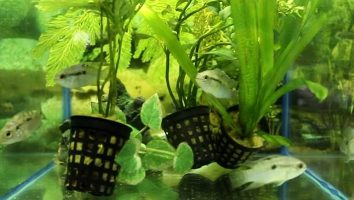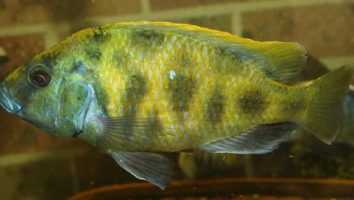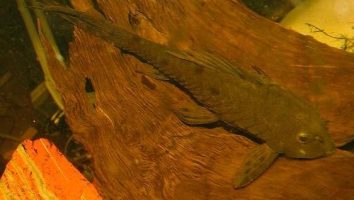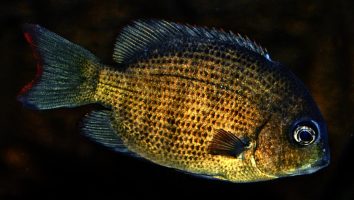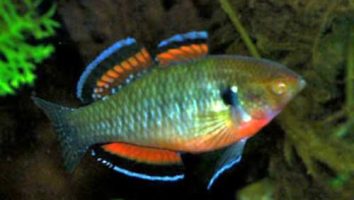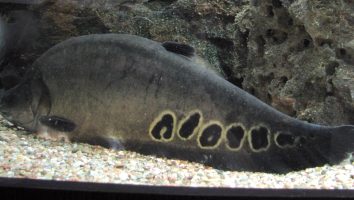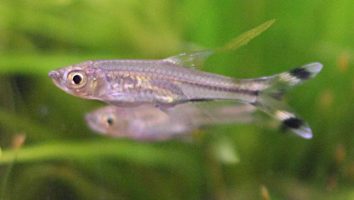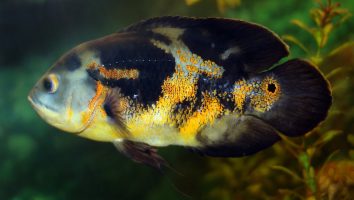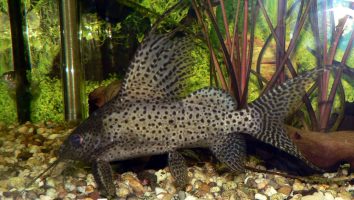The Spotted Pimelodus is a beautiful freshwater fish that is perfect for the community aquarium. They are peaceful and relatively easy to care for, making them a great choice for beginner fishkeepers.
This guide will teach you everything you need to know about Spotted Pimelodus care. You’ll learn about their diet, size, lifespan, and more!
Table of contents
Species overview
Spotted pimelodus (scientific name: Pimelodus maculatus) is a type of catfish that’s native to South America. These fish are most commonly found in the Amazon Basin, which covers a large area of Peru, Brazil, Colombia, and Ecuador.
They prefer slow-moving waters with a lot of vegetation. This is something that’s common to many species of catfish, as they often use plants and driftwood to hide from predators and ambush their prey.
Spotted pimelodus are very popular in the aquarium trade due to their unique appearance. These fish have a brown body with black spots, which gives them a pretty distinct look.
Although they are popular, these fish can be quite difficult to care for. They are very sensitive to changes in water quality and need to be in a well-maintained tank.
Appearance
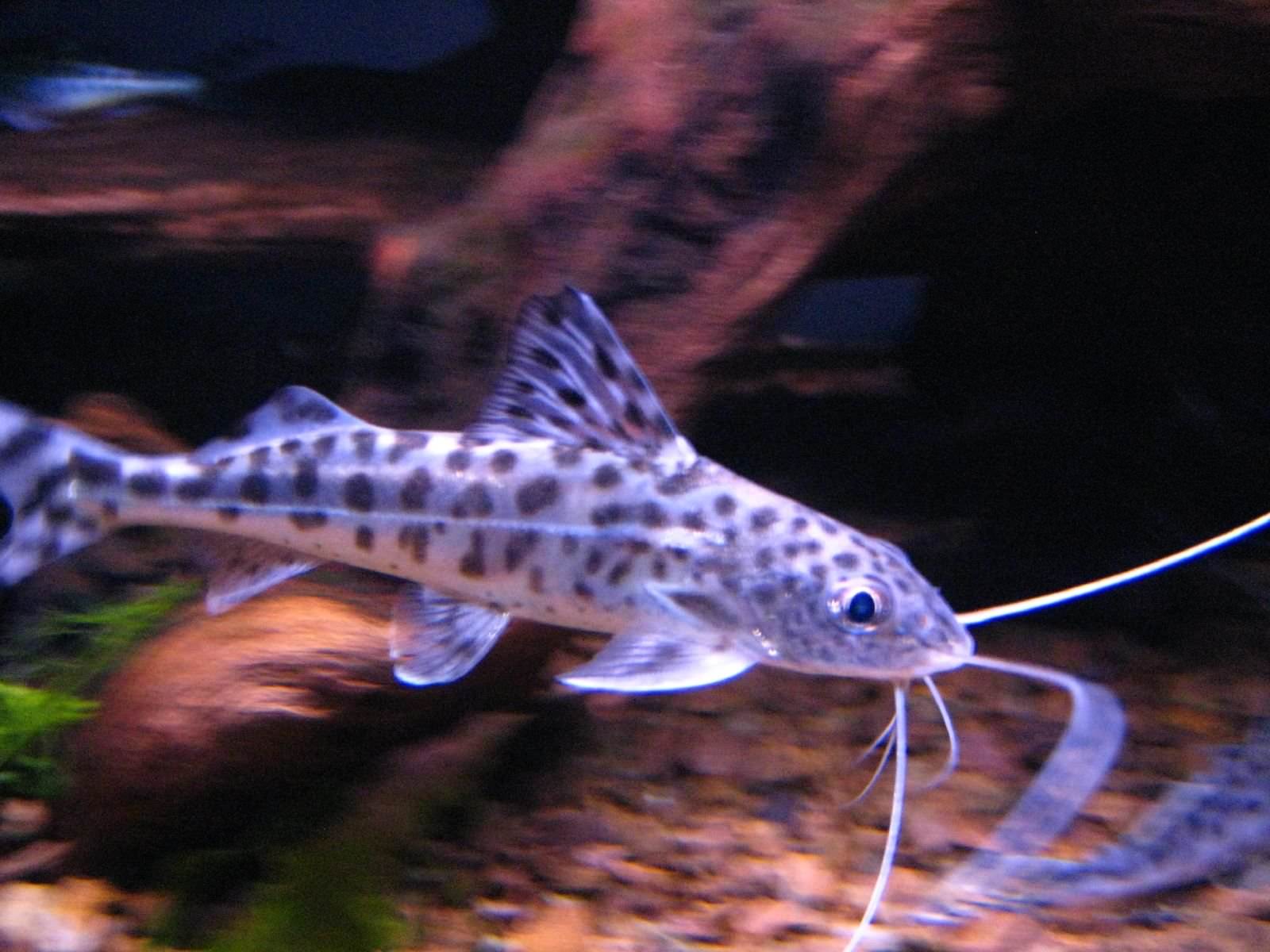
The first thing you’ll notice about this species is their unique coloration. These fish have a dark brown or black base color with large light spots all over their body. The spots are usually white or cream colored.
The spots on these fish can be different sizes. They’re also more prominent on some fish than others. In general, the spots are pretty big compared to the size of the fish.
The body shape of these fish is long and thin. They have a slightly compressed shape that gives them a bit of extra hydrodynamic power.
They have a large dorsal fin that starts about two-thirds of the way back on their body. This fin is tall and thin with a bit of a curve at the end.
The anal fin is a bit shorter but still tall and thin. These fins give the fish a bit of extra stability when they’re swimming quickly.
The caudal fin is forked and symmetrical. It’s about the same size as the dorsal and anal fins.
The pectoral fins are small and thin. They’re located near the gill plates on the sides of the fish.
The Spotted pimelodus has a small head with a protruding lower jaw. Their eyes are small and located on the sides of their head.
Lifespan
The average lifespan of a Spotted Pimelodus is around 3 years. However, there have been reports of them living up to 5 years in captivity.
As with most fish, the lifespan of a Spotted Pimelodus can be greatly affected by the quality of care they receive. Things like poor water quality, stress, and a suboptimal diet can all lead to a shorter lifespan.
Size
The Spotted pimelodus can reach a size of about 12 inches, but is more commonly found at around 8 inches.
Tank
Tank Size
The recommended tank size for one spotted pimelodus catfish is 30 gallons. If you want to keep more than one fish, you should add at least 15 gallons for each additional fish.
While these fish are relatively small, they are very active swimmers and will need plenty of space to move around. They are also known to be jumpers, so it’s important to have a tight-fitting lid on your tank.
Water Parameters
As with any fish, the first step in providing proper Spotted Pimelodus care is to set up their home according to their needs.
This species is a tropical fish, so you’ll need to maintain warm water temperatures in the aquarium. A good rule of thumb is to keep the water about 78 degrees Fahrenheit.
You’ll also need to keep the pH levels in the neutral to slightly acidic range, between 6.5 and 7.5.
Finally, the water hardness should be in the moderate range, between 5 and 15 dGH.
Once you have the water set up, you can add some plants and décor to the aquarium. Be sure to leave plenty of open space for the fish to swim. Pimelodus are active fish and need room to move around.
What To Put In Their Tank
Spotted pimelodus are a species of fish that come from fast-moving rivers. As a result, they’re used to having a lot of space to swim around in.
You’ll want to take this into account when choosing decorations for their tank.
We recommend avoiding anything that’s going to block a lot of the open space. That means things like driftwood and rocks should be used sparingly (if at all).
Plants are always a good choice since they help provide some cover for these fish (and they look nice too). You can go with rooted plants or floating plants depending on the setup of your tank.
For the substrate, these fish don’t really have any specific requirements. You can use gravel, sand, or even a bare bottom if you want.
Common Diseases
There are a few diseases that you should be aware of when keeping spotted pimelodus fish. Luckily, these fish are relatively hardy and don’t tend to get sick often.
The most common disease that these fish experience is ich. This is a parasitic infection that will present itself as white spots on the body of your fish.
While ich is not usually fatal, it can be if it’s left untreated. The good news is that ich is relatively easy to treat if you catch it early.
Other potential diseases include bacterial infections, fungal infections, and parasites. These are all relatively rare but can still occur if the tank conditions are not ideal.
The best way to prevent your fish from getting sick is to maintain a clean and stable tank. This will create an environment that is less conducive to disease and will help your fish stay healthy.
Behavior & Temperament
The spotted pim is a shy fish that spends most of its time hiding in the shadows. It’s a peaceful fish that won’t bother other tank mates, but it may be bullied by more aggressive fish.
This fish is a nocturnal scavenger that comes out to look for food at night. During the day, it will hide in caves or other dark places in the tank.
The spotted pim is a timid fish that may be easily stressed. It’s important to keep an eye on this fish and make sure it is not being harassed by other fish in the tank.
If the spotted pim is not getting enough to eat, it may start to nibble on plants in the tank. This fish is not a plant eater, but it may eat plants if it is hungry.
Tank Mates
Spotted pimelodus are a schooling species, so they do best when kept in groups of at least six fish. This will help reduce aggression and ensure that everyone gets along.
Beyond that, these fish are pretty easygoing. They’re not overly aggressive and can get along with most species.
To help get you started, here are some compatible tank mates that tend to work well:
- Clown Loach
- Kuhli Loach
- Black Skirt Tetra
- Honey Gourami
- Bloodfin Tetra
- Silver Dollar Fish
- Sparkling Gourami
- Green Terror Cichlid (as long as you have enough space)
- Pearl Gourami
- Congo Tetra
Breeding
Spotted pimelodus are a little more difficult to breed than some other fish, but it’s still possible to do it in captivity.
The first step is to set up a breeding tank. It should be at least 30 gallons and have a lot of hiding places. Driftwood and plants are a good idea. The water should be on the softer side with a pH of 6.5-7.0.
Then, you need to add two males for every female. This will help to increase the chances of spawning.
Once the fish are in the breeding tank, start feeding them live foods. This will help to trigger spawning.
When the females are ready to lay their eggs, they will do so on the plants or driftwood. The males will then fertilize them.
After the eggs have been fertilized, the males will stay close by to protect them. They will also keep the area clean to prevent fungus growth.
The eggs will hatch in about a week. Once they hatch, you can start feeding the fry baby brine shrimp.
As they grow, you can slowly start introducing other foods. Once they’re big enough, they can be moved to the main tank.
Conclusion
So, there you have it! The spotted pimelodus is an awesome fish that is perfect for the beginner aquarist. They’re easy to care for, interesting to look at, and get along well with other community fish.
We highly recommend this fish to anyone who is looking to add something a little different to their tank.

